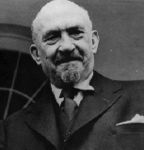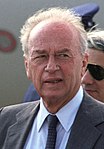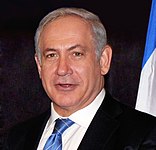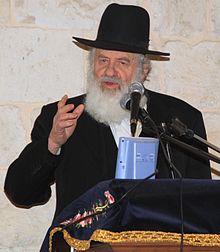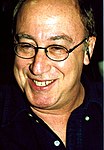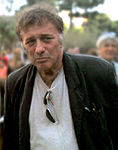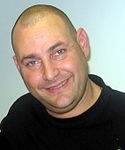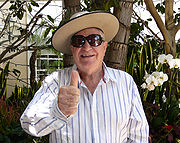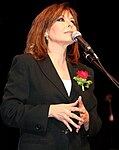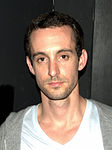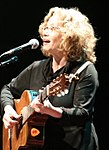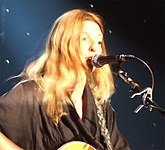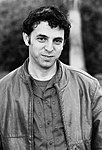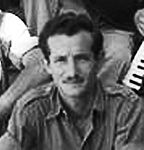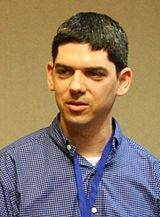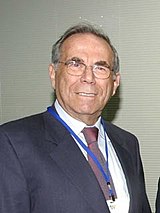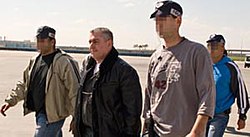
Belz is a Hasidic dynasty founded in the town of Belz in Western Ukraine, near the Polish border, historically the Crown of the Kingdom of Poland. The group was founded in the early 19th century by Rabbi Shalom Rokeach, also known as the Sar Shalom, and led by his son, Rabbi Yehoshua Rokeach, and grandson, Rabbi Yissachar Dov, and great-grandson, Rabbi Aharon, before the Nazi invasion of Poland in 1939. While Aharon managed to escape Europe, together with his brother Rabbi Mordechai Rokeach, most of the Belz Hasidim were murdered in the Holocaust. Aharon re-established the Hasidic community in Israel following World War II. As of the 2020s, Belz has sizable communities in Israel, Western Europe, and the Anglosphere.
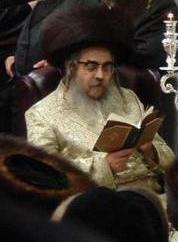
Aaron Teitelbaum is one of the two Grand Rebbes of Satmar, and the chief rabbi of the Satmar community in Kiryas Joel, New York.

The Charedi Council of Jerusalem is a large Haredi Jewish communal organization based in Jerusalem. It has several thousands affiliated households and is chaired by the Gaon Convenor (Ga'avad). The Council provides facilities such as dietary laws supervision, ritual baths, a Sabbath enclosure, and welfare services.

Moetzes Gedolei HaTorah is the supreme rabbinical policy-making council of the Agudat Yisrael and Degel HaTorah movements in Israel; and of Agudath Israel of America in the United States. Members are usually prestigious Roshei Yeshiva or Hasidic rebbes, who are also usually regarded by many Haredi Jews to be the Gedolim ("great/est") sages of Torah Judaism. Before the Holocaust, it was the supreme authority for the World Agudath Israel in Europe.
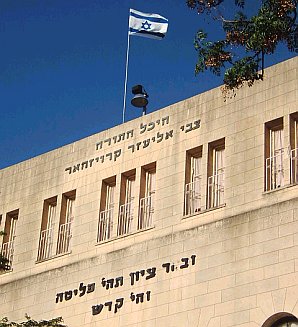
From the founding of political Zionism in the 1890s, Haredi Jewish leaders voiced objections to its secular orientation, and before the establishment of the State of Israel, the vast majority of Haredi Jews were opposed to Zionism, like early Reform Judaism, but with distinct reasoning. This was chiefly due to the concern that secular nationalism would redefine the Jewish nation from a religious community based in their alliance to God for whom adherence to religious laws were "the essence of the nation's task, purpose, and right to exists," to an ethnic group like any other as well as the view that it was forbidden for the Jews to re-constitute Jewish rule in the Land of Israel before the arrival of the Messiah. Those rabbis who did support Jewish resettlement in Palestine in the late 19th century had no intention to conquer Palestine and declare its independence from the rule of the Ottoman Turks, and some preferred that only observant Jews be allowed to settle there.

Yosef Tzvi Dushinsky, also known as the Maharitz, was the first Rebbe of Dushinsky and Chief Rabbi (Gavad) of the Edah HaChareidis of Jerusalem.

Rabbi Avruhum Yitzchok Ulman is a senior Haredi rabbi living in Jerusalem.

Yochanan Sofer was the rebbe of the Erlau dynasty. He was born in Eger, Hungary, where his father and grandfather were also rebbes. After surviving the Holocaust, he founded a yeshiva, first in Hungary and then a few years later in Jerusalem.

Erlau, is a Haredi dynasty of Hungarian origin, which follows the teachings of the Chasam Sofer and is often considered Hasidic.

The Shaare Zedek Cemetery is a small Jewish burial ground located behind the first Shaare Zedek Hospital in Jerusalem. Originally used by the hospital as farmland for grazing milk cows, the area was converted into a temporary cemetery during the Arab siege of Jerusalem in 1948. Approximately 200 burials were conducted here between March and October of that year. Most graves were transferred to permanent cemeteries after the war, but a handful remain, notably those of several prominent Jerusalem rabbis and the founding director of Shaare Zedek Hospital, Dr. Moshe Wallach.
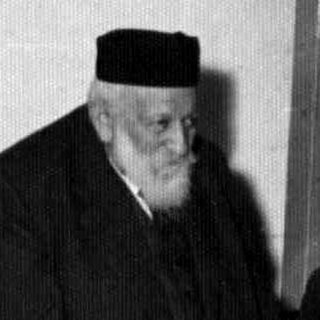
Moshe (Moritz) Wallach was a German Jewish physician and pioneering medical practitioner in Jerusalem. He was the founder of Shaarei Zedek Hospital on Jaffa Road, which he directed for 45 years. He introduced modern medicine to the impoverished and disease-plagued citizenry, accepting patients of all religions and offering free medical care to indigents. He was so closely identified with the hospital that it became known as "Wallach's Hospital". A strictly Torah-observant Jew, he was also an activist in the Agudath Israel Orthodox Jewish movement. He was buried in the small cemetery adjacent to the hospital.
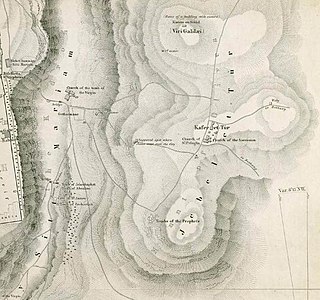
The Jewish Cemetery on the Mount of Olives is the oldest and most important Jewish cemetery in Jerusalem. The Mount of Olives has been a traditional Hebrew/Jewish burial location since antiquity, and the main present-day cemetery portion is approximately five centuries old, having been first leased from the Jerusalem Islamic Waqf in the sixteenth century. The cemetery contains anywhere between 70,000 and 150,000 tombs, including the tombs of famous figures in early modern Jewish history. It is considered to be the largest and holiest historical Jewish cemetery on earth.

Yosef Tzvi Dushinsky is the third Rebbe of the Dushinsky Hasidic dynasty of Jerusalem, Israel. He assumed the leadership of the Hasidut upon the death of his father, Rabbi Yisroel Moshe Dushinsky, second Dushinsky Rebbe, in 2003. The Dushinsky Hasidic movement was founded by his grandfather and namesake, Rabbi Yosef Tzvi Dushinsky, in Jerusalem in the 1930s. Both his father and grandfather also served as Gaavad of the Edah HaChareidis.
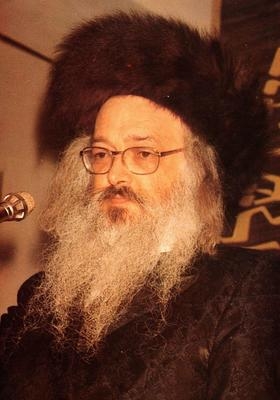
Yisroel Moshe Dushinsky also known as the Maharim, was the second Rebbe of the Dushinsky Hasidic dynasty of Jerusalem, Israel. He assumed the leadership of the Hasidut at the age of 28 upon the death of his father, Rabbi Yosef Tzvi Dushinsky, founder of the dynasty. He was also a member of the rabbinical court of the Edah HaChareidis for over 40 years, completing his tenure as the seventh chief rabbi of the Edah HaChareidis from 1996 to 2003.
Events in the year 2020 in Israel.

